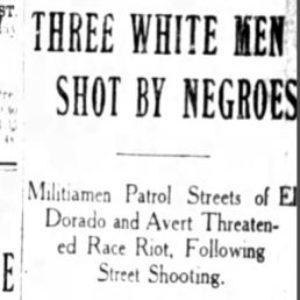 El Dorado Race Riot Article
El Dorado Race Riot Article
Entry Type: Event
 El Dorado Race Riot Article
El Dorado Race Riot Article
El Dorado Race Riot of 1910
Elaine Massacre of 1919
aka: Elaine Race Riot of 1919
aka: Elaine Race Massacre
Elections during the Civil War
Elkhorn to Berryville, Scout from
Elkin’s Ferry, Engagement at
aka: Battle of Okolona
Elligin and Anderson (Lynching of)
 Elligin and Anderson Lynching Article
Elligin and Anderson Lynching Article
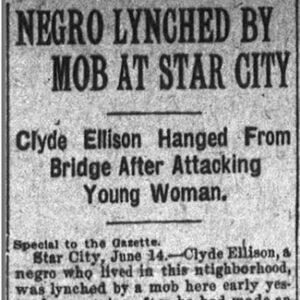 Ellison Lynching Article
Ellison Lynching Article
Ellison, Clyde (Lynching of)
Ellison, Eugene (Killing of)
Elm Springs, Skirmishes near
Emerson PurpleHull Pea Festival & World Championship Rotary Tiller Race
Emmet Lynching of 1891
Emory, Cal (Lynching of)
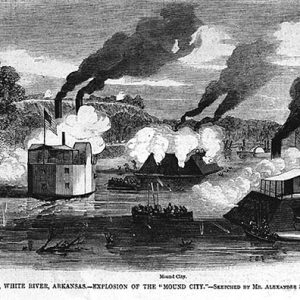 Engagement at St. Charles
Engagement at St. Charles
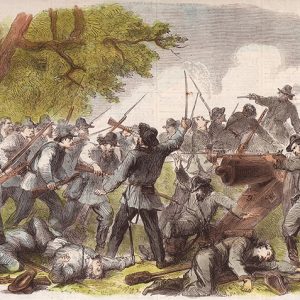 Engagement at St. Charles
Engagement at St. Charles
England Food Riot of 1931
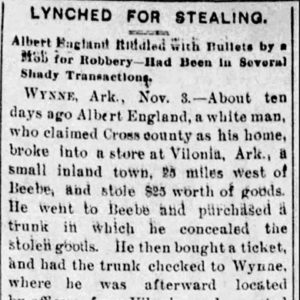 England Lynching Editorial
England Lynching Editorial
England, Albert (Lynching of)
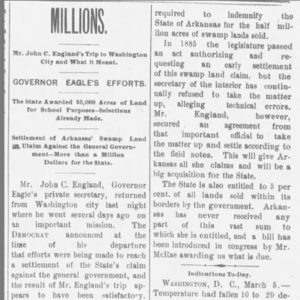 John England Article
John England Article
Enon Massacre
Eudora Church, Skirmish at
Eunice Expedition
Executions of April 2017
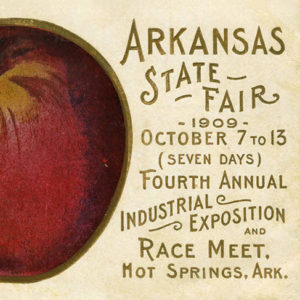 Fair Postcard
Fair Postcard
Fairview, Skirmish at
 Tav Falco and Via Kali
Tav Falco and Via Kali
Farkleberry Follies
Farmer, John (Lynching of)
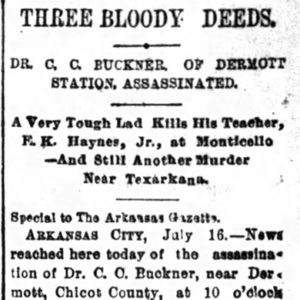 John Farmer Lynching Article
John Farmer Lynching Article
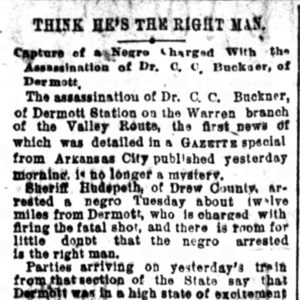 John Farmer Lynching Article
John Farmer Lynching Article
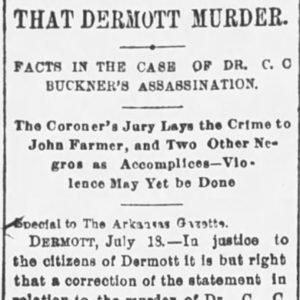 John Farmer Lynching Article
John Farmer Lynching Article
 John Farmer Lynching Article
John Farmer Lynching Article
Farr’s Mill, Skirmish at
Fayetteville and Cane Hill, Skirmish between (November 9, 1862)
aka: Skirmish at Cane Hill (November 9, 1862)
aka: Skirmish at Fayetteville (November 9, 1862)
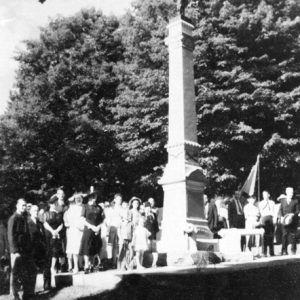 Fayetteville Confederate Cemetery
Fayetteville Confederate Cemetery
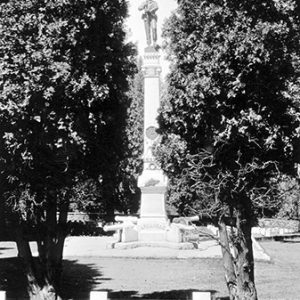 Fayetteville Confederate Cemetery
Fayetteville Confederate Cemetery
Fayetteville Schools, Desegregation of
Fayetteville to Huntsville, Expedition from
Fayetteville to Van Buren, Scout from
Fayetteville, Action at (April 18, 1863)
Fayetteville, Action near (July 15, 1862)
Fayetteville, Affair at
Fayetteville, Occupation of (February 23–26, 1862)
Fayetteville, Operations around (October 25–November 4, 1864)
Fayetteville, Scouts from
Fayetteville, Skirmish at (August 23, 1863)
Featherstone v. Cate
 Featherstone v. Cate
Featherstone v. Cate




